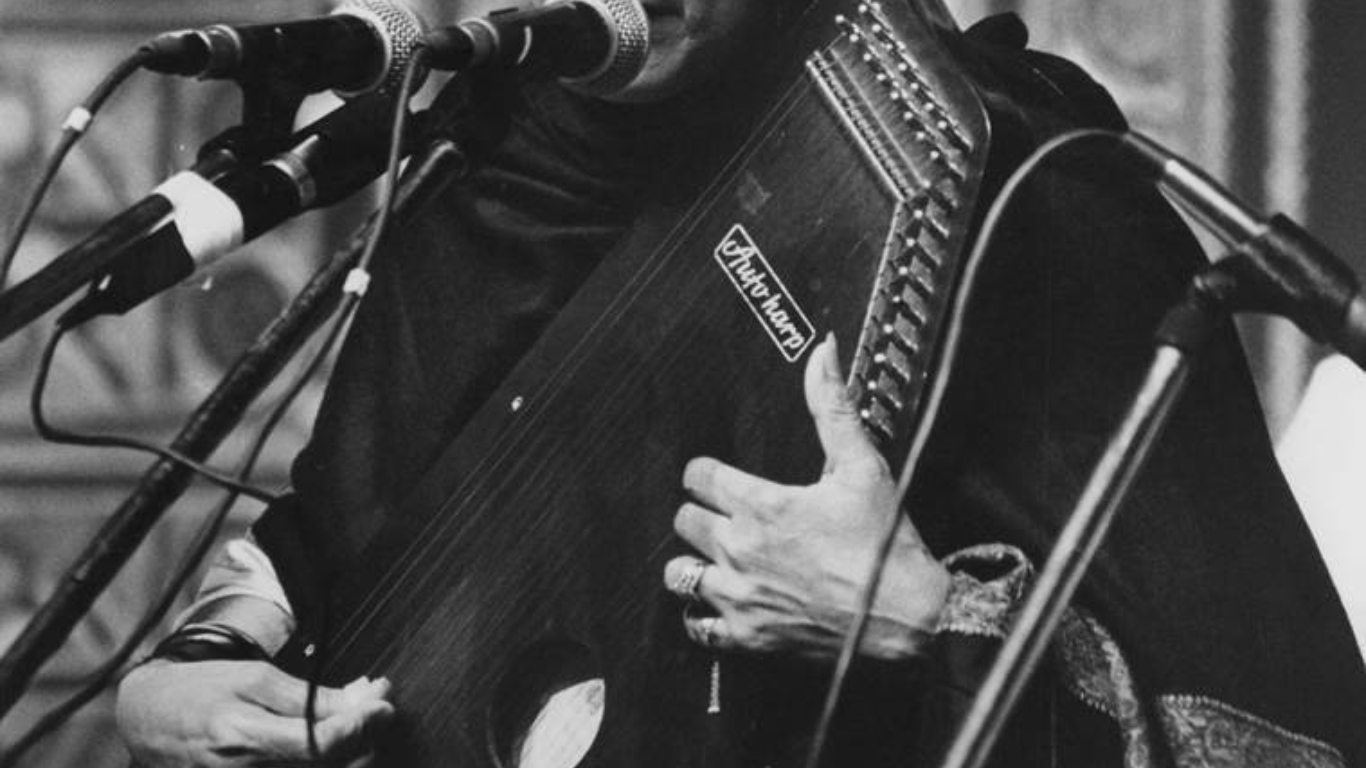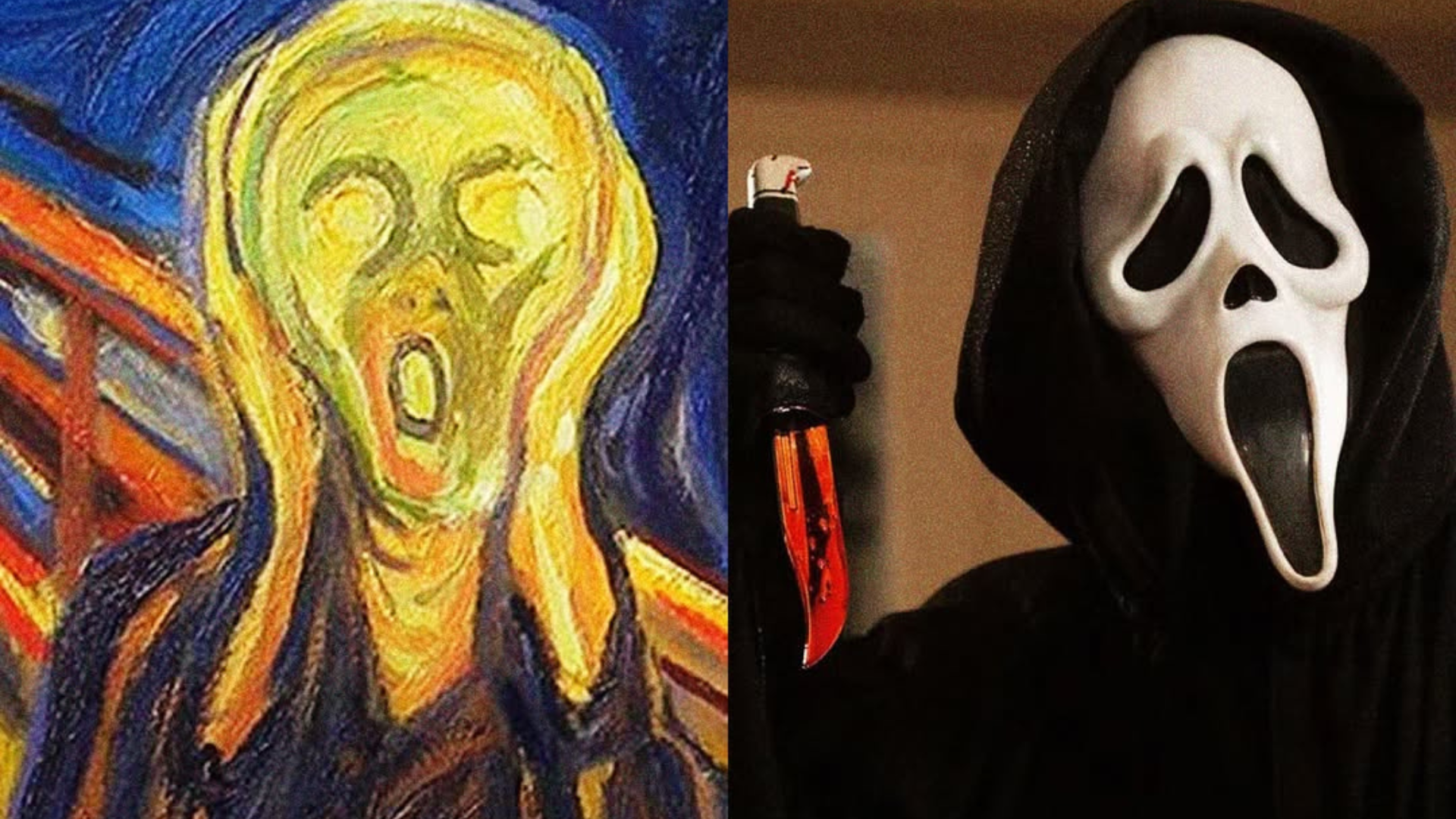Swarmandal: The Indian Harp

A zither is a stringed instrument consisting of many strings stretched across a thin flat body, when plucked generates mellifluous chordal sounds as an accompaniment for a vocal performance. It is prominently found in the European region of the world & it probably travelled across the globe along with traders & invaders.
In India, a similar instrument called the Swarmandal (Hindi: स्वरमण्डल) or Surmandal which is directly related to the zither or the autoharp that developed in 19th century Europe, finds its use in the realm of Hindustani Sangeet as an accompaniment to the vocal performance as well. The word Swarmandal is a derivation of a combination of two Sanskrit words Swara (notes) and Maṇḍala (circle).
The Hindustani classical vocalists from North India have been using Swarmandal to produce a drone effect in addition to the Tanpuras. The difference obviously lies in the number of strings if compared to the Tanpura. Further, the Swarmandal has no standard size and musicians are known to have been purchasing the version made in the west until recently. However, because of the cost proposition & accessibility issues, the musicians have switched to the Swarmandals made by Indian manufacturers.
The instrument has no standard tuning either and it is tuned to the scale of the chosen Raag whereas the Tanpura is tuned to the fifth or fourth and the tonic. Furthermore, vocalists can use the Swarmandal to induce melody lines as well by plucking with fingers or a pick which obviously cannot be done on the Tanpura.

Ustad Bade Ghulam Ali Khan with Lata Mangeshkar.
Over the years the instrument has caught the fancy of many stalwarts such as Bade Ghulam Ali Khan, Pt. Jasraj, Kishori Amonkar, Mehdi Hassan and Rashid Khan while others may have used it just as an accessory as opposed to being a musical accompaniment to their vocal renditions.
Read More : Ustad Noor Baksh : The Benju Maestro from Balochistan





